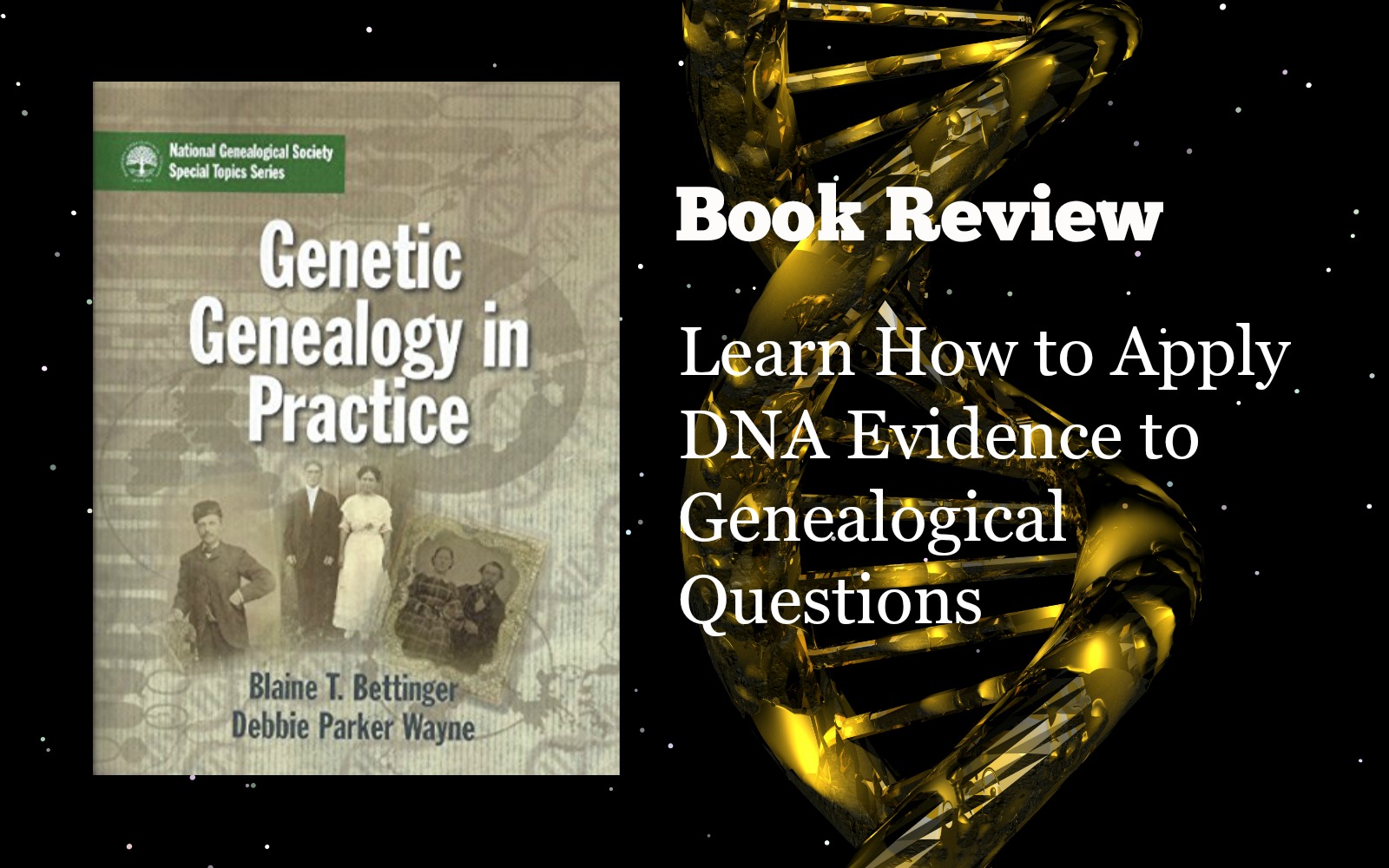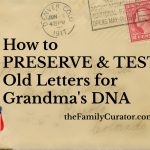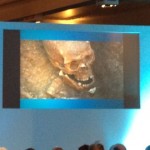Is DNA education part of your genealogy learning plan? Intensive courses will be offered in upcoming institutes and online programs; are you prepared? You’ve been attending DNA lectures and reading articles for years; what level is your experience level?
Two new books aim to fill the reading gap for DNA education: Genetic Genealogy in Practice, by Blaine T. Bettinger and Debbie Parker Wayne; and The Family Tree Guide to DNA Testing and Genetic Genealogy by Blaine T. Bettinger.
About the Authors
Blaine T. Bettinger, PhD, JD calls himself “an intellectual property attorney by day and a DNA specialist by night.” He is also creator of the long-running blog The Genetic Genealogist.
Debbie Parker Wayne, CG, CGS, is a professional genealogist specializing in using DNA analysis with traditional research techniques.
Bettinger and Wayne teach regularly at national genealogy institutes and conferences, and write for genealogy journals and magazines.
 Genetic Genealogy in Practice
Genetic Genealogy in Practice
Genetic Genealogy in Practice was developed to help students master concepts introduced at institute courses and seminars taught by the authors. The workbook also stands alone as an excellent home-study course for foundational DNA knowledge.
“Given that DNA results are now sufficiently reliable to preemptively prisoners and correct titled lineages, genealogists should use DNA test data and comparisons routinely.” — Melinda Lutz Byrne and Thomas W. Jones, NGSQ, June 2016
Published in 2016 by the National Genealogical Society as part of the Special Topics Series, Genetic Genealogy in Practice reinforces the Society’s commitment to genealogy standards that research planning include broad context and topical breadth. (Board for Certification of Genealogists, Genealogy Standards (Nashville, Tennessee : Ancestry, 2014), 12-12. See Standards 12 and 14.)
Authors Bettinger and Wayne go beyond explaining DNA basics to present readers with hands-on practice in “applying DNA test results and genetics as evidence to examine a genealogical question” using a foundation of solid concepts and analytical methods.
Each chapter builds on knowledge set out in the previous chapter, beginning with Chapter 1: Basic Genetics, through Chapter 8: Incorporating DNA Evidence in a Written Conclusion. Question and Answer exercises with answers at the end of the book give students the opportunity to test their understanding of individual concepts. Case study examples show how these tools might be used to solve genealogical questions.
Chapters cover genealogical applications for Y-DNA, mtDNA, atDNA, and XDNA, as well as essentials in genealogy standards and ethics. An extensive reading list is a valuable resource for further study.
I’ve been collecting DNA samples from family members for several years; but, I have been slow to learn enough about genetic genealogy that I could make good use of the data. I felt better informed after completing Blaine Bettinger’s course “Beginning Genetic Genealogy” at the Salt Lake Institute of Genealogy, but working through the exercises in Genetic Genealogy in Practice was a great help in reinforcing what I’d learned.
I especially like the background information on different DNA companies and accompanying charts to help understand the strengths of different testing models. Suggested “Test Strategies for atDNA” and sections on chromosome mapping and triangulation gave me a better understanding of how to use my own DNA data in filling research gaps.
The chapter on X-DNA highlights the value of looking beyond the basic 23 chromosomes to the unique characteristics of the X. Again, clear, helpful charts and workbook exercises give readers a chance to reinforce learning.
Genetic Genealogy in Practice is more than a reference resource for DNA education; the workbook-style format and comprehensive contents make this book essential homework as part of an personal education program in genetic genealogy. Available in Paperback and Kindle from the National Genealogical Society and Amazon.
The Family Tree Guide to DNA Testing and Genetic Genealogy
In a different format, The Family Tree Guide to DNA Testing and Genetic Genealogy by Blaine T. Bettinger (FamilyTree Books, 2016) uses colorful charts and ample examples instead of Exercises to present the basic concepts and tools of genetic genealogy.
This is the book to give a friend who wants to know if they should be wearing lederhosen or a kilt.
Bettinger is a skilled educator who can break down a complex subject for the average reader. Family historians and genealogists looking to learn more about using DNA in their genealogy research and individuals interested in a basic understanding of the elusive ethnicity results will find this to be an excellent guidebook. Read my full review published at TheFamilyCurator.com.
“An education in genetic genealogy will never be complete,” write Bettinger and Wayne.
These guidebooks will give aspiring genetic genealogists the understanding needed to begin working with this valuable genealogy tool.
Thank you for supporting The Family Curator by shopping with affiliate links on this site. See my full Disclosure Policy for more information.






I have included your blog in INTERESTING BLOGS or GENERAL INTEREST in FRIDAY FOSSICKING at
http://thatmomentintime-crissouli.blogspot.com.au/2017/02/friday-fossicking-24th-february-2016.html
Thank you, Chris